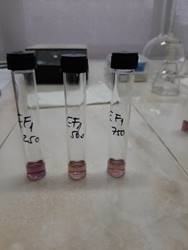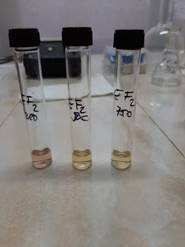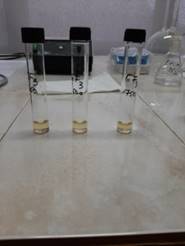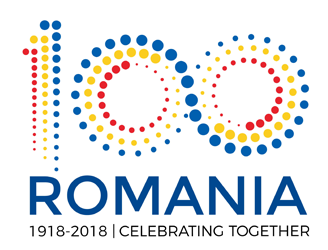
|
| Home | |||||
| Team Members | |||||
| Project Abstract | |||||
| Objectives | |||||
| Dissemination | |||||
|
|||||
| Contact |
Stage 2019: ![]()
Stage 2/2019 – To improve the properties (antioxidant and antibacterial) of these new biomaterials by incorporate the antioxidant substances (flavonoids)
Activity 2.1. The antioxidant activity of packaging will be assessed by DPPH radical bleaching method;
Activity 2.2. The antibacterial activity of the packaging against Gram-positive and Gram-negative bacterial strains;
Activity 2.3. The morphological study of the obtained films will be done to evaluate surface porosity, texture and roughness, properties which influences the gas sorption and permeability of the film;
Activity 2.4. The structural study of the obtained films through different spectral methods is useful to identify the possible interactions between the components in the materials and the content of the active compounds (flavanols or anthocyanidins) in the matrix;
Activity 2.5. The mechanical properties tests (resistance and elongation at break, rheology);
Activity 2.6. The thermal behaviour of the obtained films.
Results
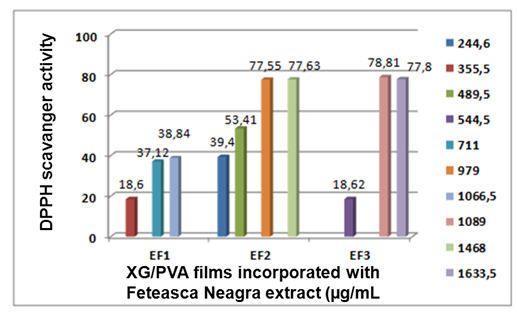 Figure 1. DPPH scavanger activity for XG/PVA films incorporated with Feteasca Neagra extract |
Martor |
EF1 |
EF2 |
EF3 |
|
|
|
|
Figure 2. Images of XG/PVA films incorporated with Feteasca Neagra extract
XG/PVA films incorporated with Feteasca Neagra extract presented antioxidant activity (Figure 1 and 2). The samples with a high content of extract entraped within XG/PVA films showed the highest antioxidant activity. The films without Feteasca Neagra do not exhibit antioxidant activity.
Antimicrobial properties
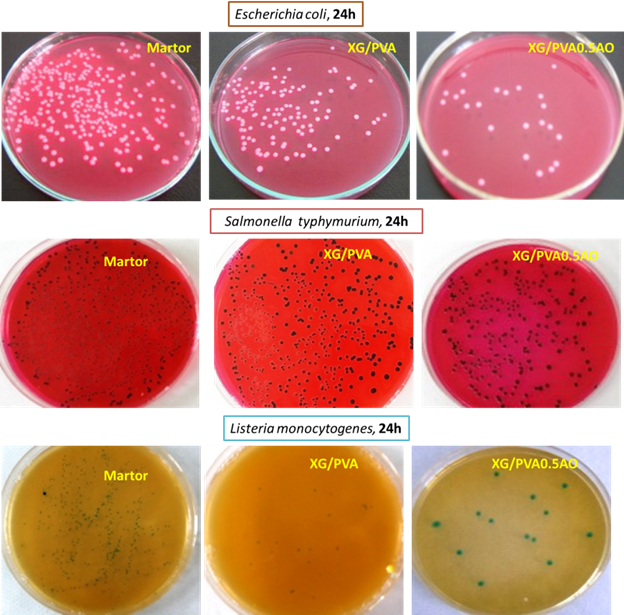
Figure 3.Optical images of bacterial colonies studied in the absence of polymer matrix (Martor), in the presence of XG/PVA films alone and incorporated with pomace from grapes of Feteasca Neagra (50XG/APV3AO.0,5).
XG/PVA films without antioxidant agent itself presented antibacterial activity. The Listeria monocytogenes gram-positive bacteria is the most sensitive in the presence of the XG/PVA cryogels (this bacteria is inhibited 82% in only 24h after incubation). Adding pomace from grapes of Feteasca Neagra (50XG/APV3AO.0,5) it was obseved that the rate of inhibition incresed semnicativelly.
Morphology



Figure 4. SEM micrographs of XG50PVA, XG75PVA, and XG90PVA cryogels incorporated with Feteasca Neagra extract synthesized by 3, 5, and 7 freeze-thawing cycles, respectively.
A heterogeneous morphology with interconnected pores were observed for all samples. An influence of cryogel composition was observed on the pore walls thickness. Thus, with increasing of XG content within the polymeric matrix the pore walls are less compact. On the other side, when the number of freeze-thawing cycles increased from 3 to 7 the average pore diameters decresead (Figure 4).

| Designed & Maintained by CLICK NET SOLUTIONS |

